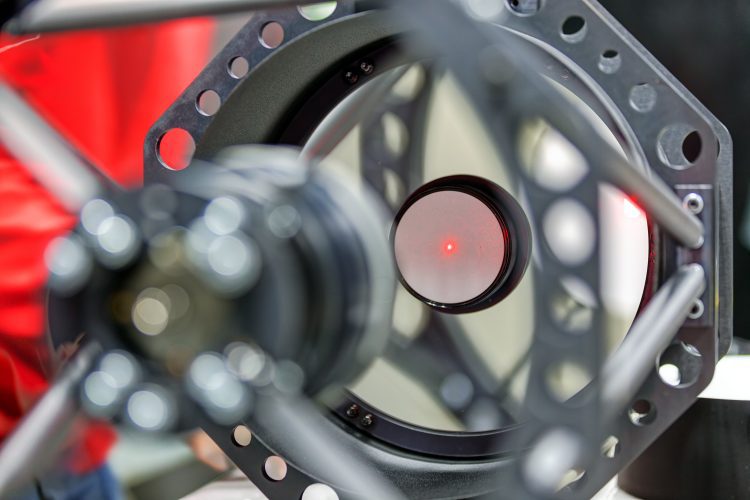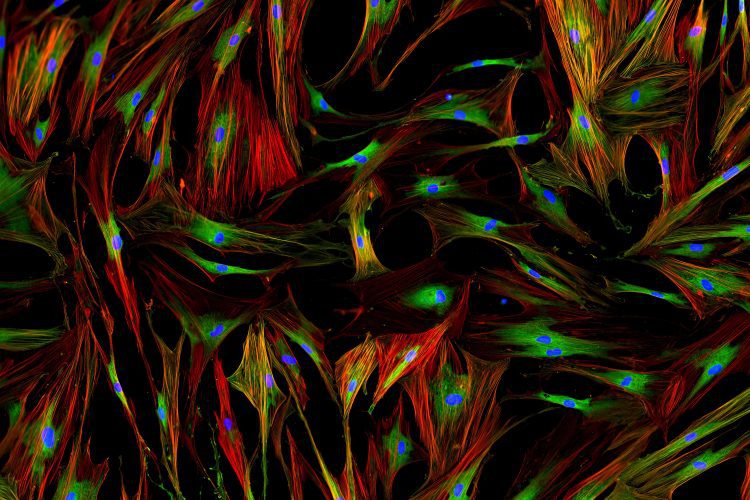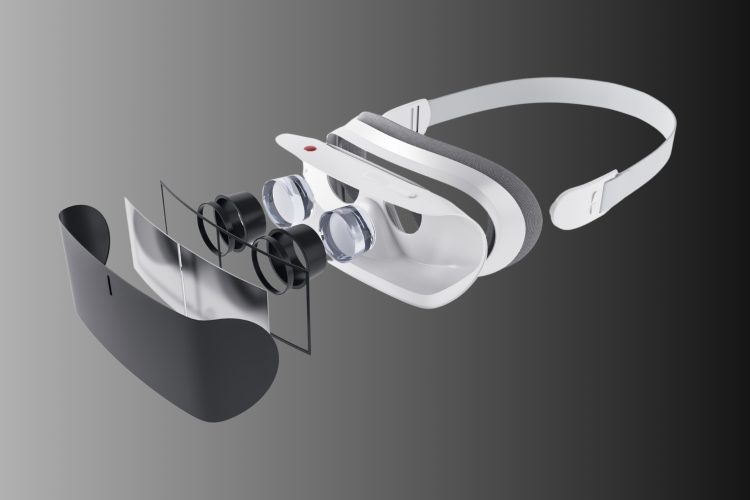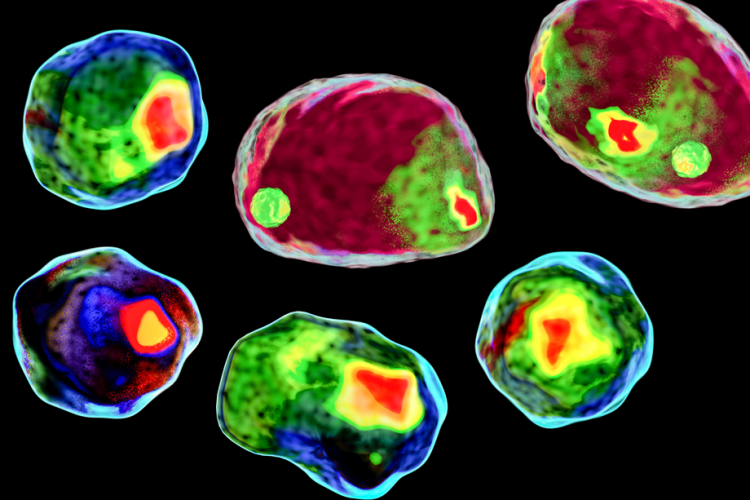Optical Design for Precision 3D Imaging No longer do we record the world in two dimensions: 3D scanning technology has taken the world by storm. Whether you’re designing avatars in popular culture, using LIDAR sensors for autonomous driving, or controlling robots with 3d sensors that observe their environment in real-time, you’re taking advantage of advances […]











